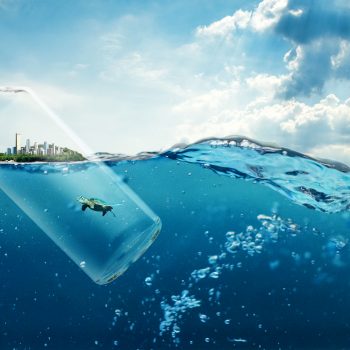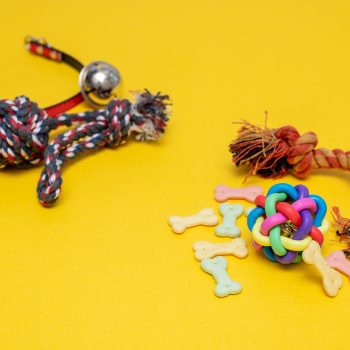Yes, natural rubber degradation is generally slow compared with many other synthetic polymeric materials. However, there are certain natural sources of rubber that are highly degradesible. For example, rubber from rubber trees is extremely degradeble. Rubber trees are commonly found growing in tropical and subtropical regions of Africa, Asia, Australia and South America. This rubber tree is also known to be the source of natural latex, which is a natural polymer extracted from the rubber plant. Several other sources such as the bark of various trees, or the seeds of some plants, are also used to produce natural rubbers.
Other questions related to rubber
Does rubber decompose?
Natural rubber (rubber) is produced from the seeds of trees. So, this means that it would decomposes when thrown away, which is why you should throw away your rubber gloves before you do any work with it. Rubber is a biopolymer, meaning it consists of many different kinds of molecules. All of these molecules are linked together in various ways.
Is rubber eco friendly?
Tree-based rubber products are eco-friendly because the latex used to make them is derived from a tree that has no impact whatsoever on our environment (e.g., the tree is grown without the aid of any chemical fertilizers or pesticides). The rubber trees that are used in making rubber are native to Brazil, Paraguay, Argentina, Uruguay, Bolivia, Chile, Peru, Ecuador, Colombia, Mexico, Guatemala, Honduras, El Salvador, Nicaragua, Costa Rica, Panama, Guyana, Suriname, Trinidad and Tobago, Grenada, Saint Lucia, St.
Is natural rubber biodegrade?
Natural rubber can either be biobased or bioreverted. Natural Rubber is biobehived (biobasically) meaning that it can only be used in rubber products. Biobasing means that the natural product is processed to remove the impurities before it goes to rubber. This includes the addition of chemicals such as sulfur and peroxygen to increase the strength of rubber and make it more resistant to heat. As a result, bioresversion means the product can now be utilized in various rubber goods.
Is rubber a plastic?
Rubber is produced through natural resources while plastic comes from industrial sources. Rubber comes mainly from trees that are grown in tropical areas, such as Brazil and Indonesia. Plastic comes mostly from petroleum and other fossil fuels. Both types of products are made using the same raw materials, namely oil and coal. However, plastic has many advantages over rubber, including better resistance to weather conditions, greater durability, less cost, easier recycling, etc. For instance, plastics are much more resistant to water and heat, which makes them ideal for use in outdoor applications. They are also more durable than rubber. As a result, there are many kinds of plastics available today.
Is rubber toxic to humans?
According to EPA, benzine, mercuric chloride, methyl mercury sulfate, arsenic and styrenes are among many other substances found inside tires. The EPA has stated that there is no conclusive evidence that rubber is toxic, however, there are studies that have concluded that it may be. There are also studies which have shown that the rubber itself is safe. However, these studies were conducted on animals, which may not be the case in humans. Although there aren‘t any studies on humans, some studies have indicated that certain types of rubber may cause health problems.
Is natural rubber harmful?
Natural rubber is completely nontoxicity and non-leaching. This material comes from rubber trees, yet it does no harm to humans. Natural Rubber is used in everything from shoes to tires to rubber bands. Its properties are quite similar to those of plastics, such as flexibility, durability, strength, elasticity, toughness, resistance to abrasion, etc. However, unlike plastics (which are made from petroleum), natural rubbers are totally biorenewable and biostructural. They are completely recyclable, meaning that they can easily be recycled. Moreover, there are no harmful byproduct chemicals in natural latex. There are, however, some by products that are toxic to certain people. For example, synthetic rubber latex can cause contact dermatitis when exposed to sunlight.
Is natural rubber durable?
Natural rubber has high durability because naturally occurring rubber doesn’T break easily, which is why it can withstand a great range of mechanical stresses. Natural Rubber In this regard, there are two types of natural rubbers: manmade and naturally produced. Manmade rubber is manufactured using petroleum resources, while naturally created rubber comes from plants. Both types are used in different applications. For example, manfactured rubber can serve as industrial rubber, whereas naturally generated rubber will be used for various household items. Naturally produced rubber isn’t as strong as manmanufactured materials, however, because natural sources of rubber are limited. As a result, many people prefer natural production over manproduced rubber. This is because the natural source of raw rubber makes it less expensive than manproducts.
How long does it take for rubber to degrade?
Scientists estimate how long it will take before the chemical bonds break down. This is usually done by testing the samples using a test kit. If the sample is contaminated with chemicals, there are ways to remove the chemicals. For example, if the surface of a sample has a chemical, you might be able to get rid of it. You can also use a vacuum cleaner to clean surfaces. Once the degradation process is complete, this material can no longer be used. Because of this, recycling is important. However, when you recycle rubber, make sure to use rubber gloves and wear protective clothing. When you reuse rubber products, always keep the product in its original packaging. Always read the label carefully and follow the directions. Never use the wrong kind of gloves or clothing, or you could end badly.
Can rubber be composted?
Technically yes, however, there are many things that can cause it to degrade too quickly. For example, if it gets wet, such as when it rains, this will cause the rubber to decompose faster. If you’re going to compost rubber, make sure to keep it dry and away from heat. Rubber can also decomposes in hot weather, which is why you should always wear gloves when you work with rubber. You can recycle rubber band wands, though, instead of using them for compost. This is especially useful if your compost pile is located in an area where it might get hot during the summer. Another way to recycle plastic bags is to put them inside the plastic bag and cut the ends off.












